Drying calendula is a great way to preserve the petals and flower heads. The dried flowers can be used to make calendula infused oil, as well as used in the kitchen for culinary purposes. Learn how to dry calendula, and preserve your harvest for future use.
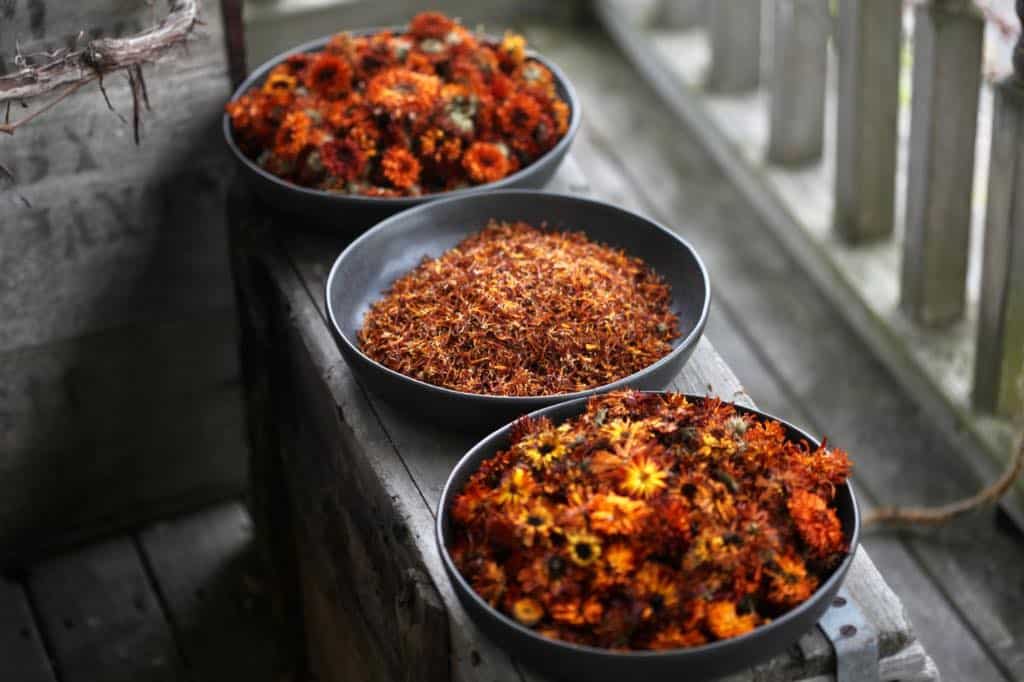
Calendula is a flowering herb, often grown in the flower, herb, and vegetable garden. The most common species of callendula grown is calendula officinalis, also known as pot marigold.
Calendula is an easy flower to grow, and is perfect even for the beginner gardener.
Although calendula is a beautiful garden plant, it's not just a pretty face in the summer garden.
If you grow calendula in your garden, you may be interested in harvesting and drying the flowers for herbal and culinary use.

Why Dry Calendula?
Calendula is a flowering herb with many beneficial properties.
The flowers of calendula are edible, and full of essential oils. The blooms can be used in the fresh state, as well as in the dried.
One of the great things about drying calendula is that it allows you to stay on top of the crop.
Calendula is a productive crop. The plant just keeps pumping out flowers, all season long.
Once calendula flowers start to bloom, these plants have a long production time.
On a regular basis, the calendula patch will produce fresh mature blooms, perfect for harvesting.

If you want to make the most of the calendula harvest, you will likely find yourself drying many of the flowers.
Using the blooms in the fresh state is great for bright garnishes and calendula tea. However if you have baskets full of blooms, drying most of the flowers is the way to go.
It sometimes can be difficult to use the fresh flowers as often as they are produced, so drying the flowers is a wonderful way to stay on top of the harvest.
As well, for herbal use, it's often best to use the dried blooms rather than fresh. Dried flowers have a low moisture content, which will increase shelf life of the herbal products.
The great thing about drying calendula flowers is that it will help you to stay on top of the harvest throughout the season.
Just harvest, and dry.
There are a number of different ways to dry calendula flowers. The methods are equally effective at drying, although some methods are certainly quicker than others.
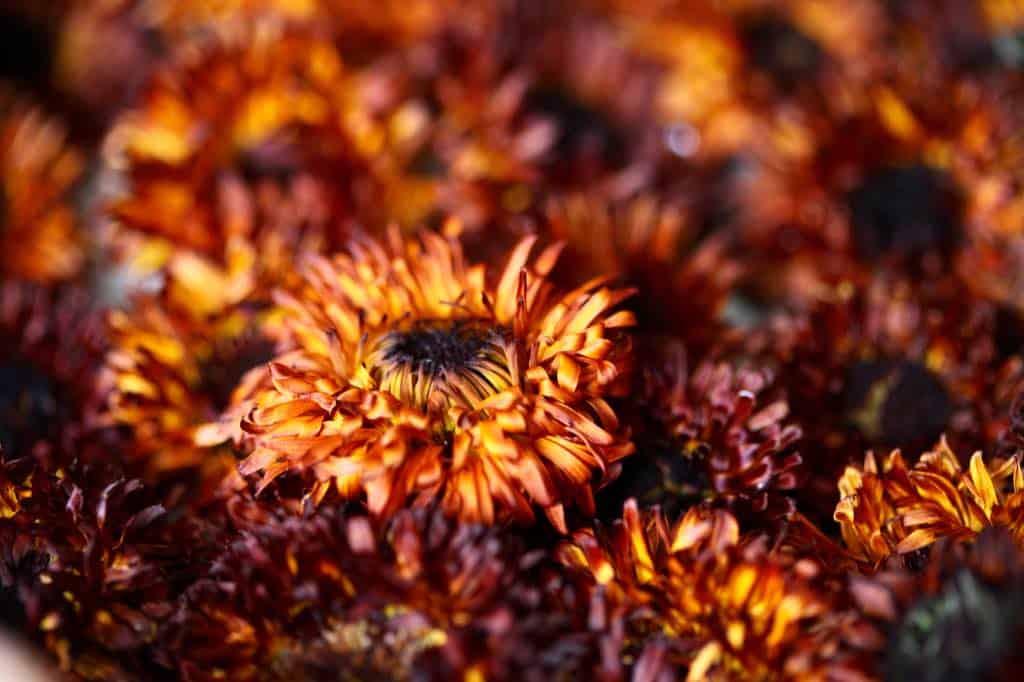
How To Dry Calendula
Before you dry your calendula blooms, you will need to harvest them from the garden. So let's have a look at this process for harvesting the blooms.
Harvesting Calendula Blooms
When To Harvest
- Whenever harvesting flowers for drying, it's always best to harvest the freshest blooms from the garden.
- The best time to harvest the calendula flowers is in their prime state, when they are almost fully open, or completely open.
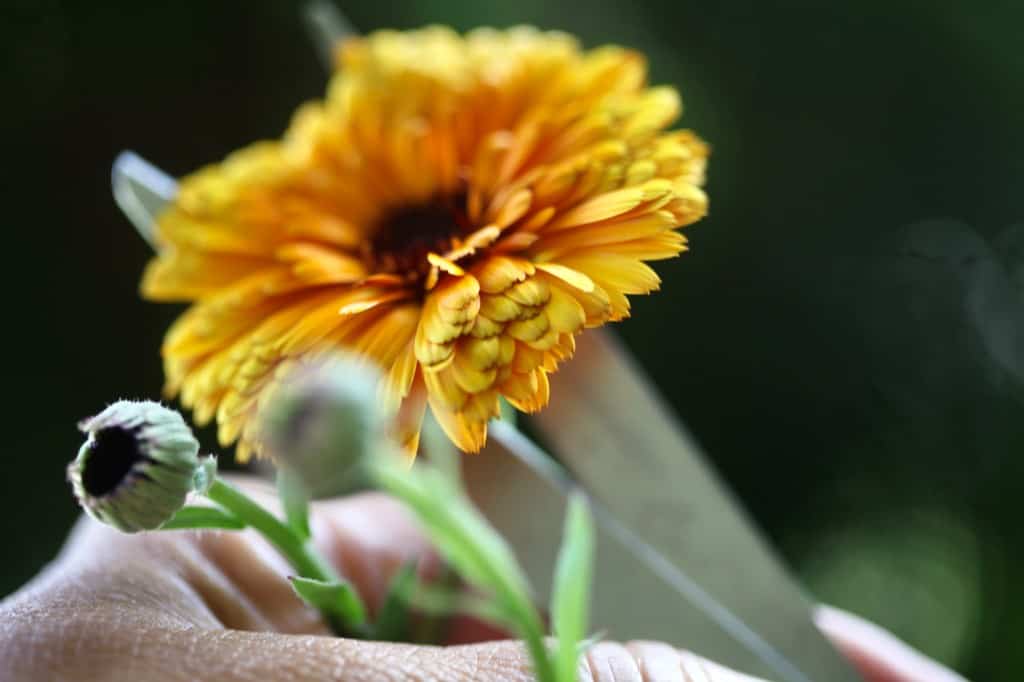
- Leave on the plant any flowers which show signs of aging, such as those with wilting petals.
- These blooms will go on to produce calendula seeds in a very short time. You can harvest the seeds later in the season, for next year's calendula patch.
- Calendula flowers will regularly produce a new flush of blooms for harvesting. Come back to the patch at least once a week to harvest more flowers.
- Harvest on a dry day, and after the morning dew has evaporated from the flowers.
- Try to harvest in the morning of possible, as this is when the flowers are the most hydrated.
How To Harvest
- From my experience, the flowers of calendula will wilt fairly quickly after harvesting. so make sure that you allow yourself the time to process the flowers within an hour or two after picking them.
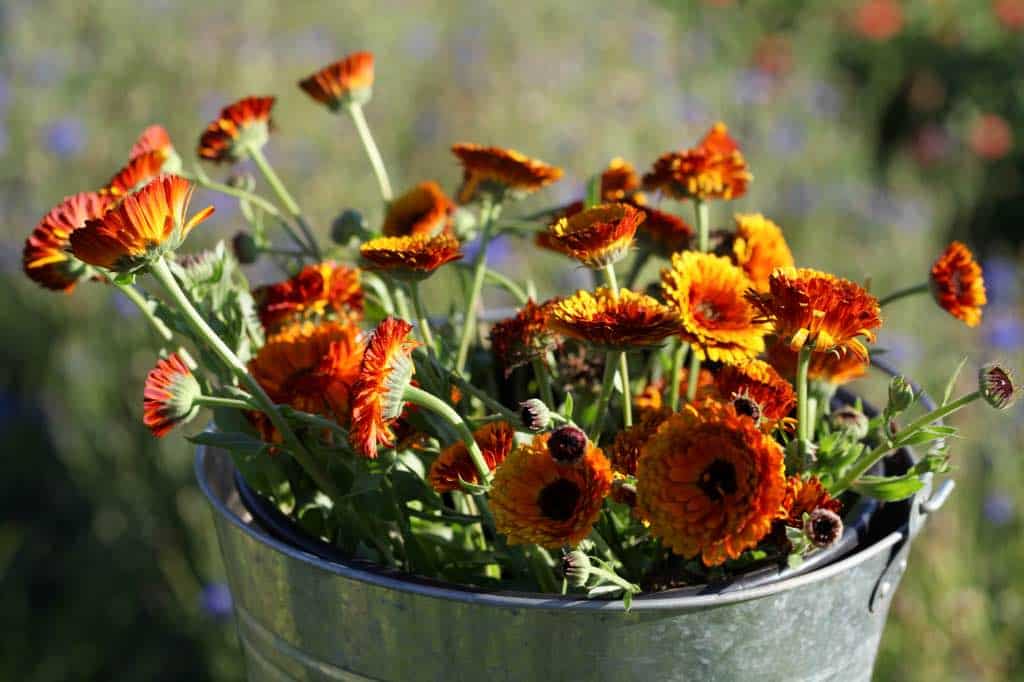
- If you are not able to do this, consider cutting some stems, and placing them in water until the flowers can be processed. The water will help to keep the flowers fresh until you are ready.
- If you are able to harvest and process right afterwards, pick only the harvestable blooms from the plants. This will allow any buds to remain on the plant to mature for a later harvest.
- To harvest, snip the blooms off the stem, just behind the flower heads, and place them in your basket or container.
- Bring the container full of freshly harvested calendula flowers inside, to process for drying.
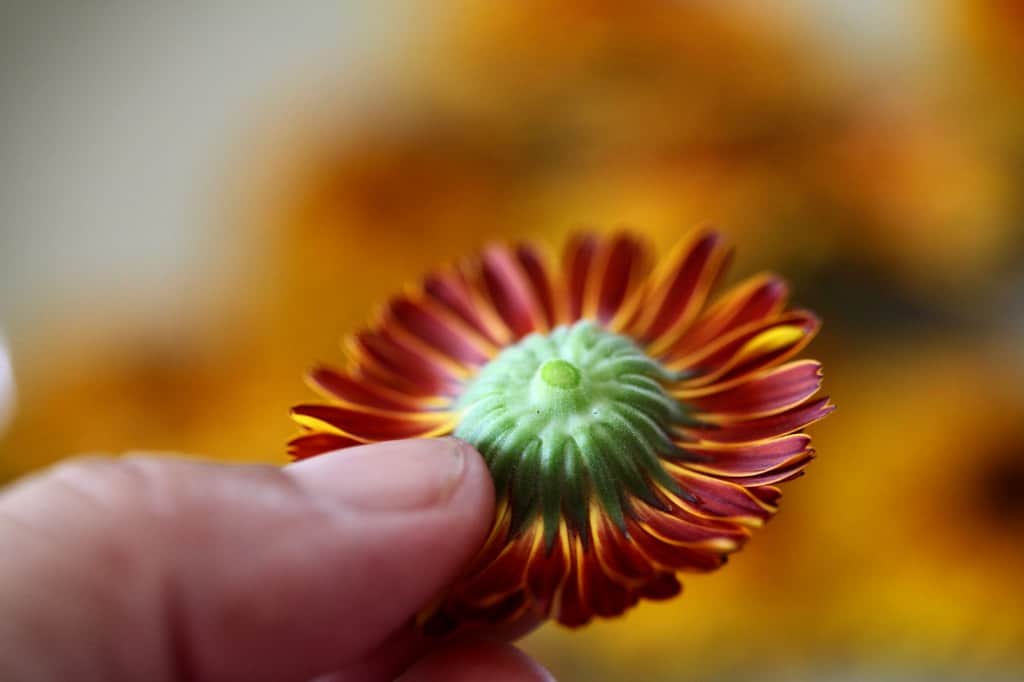
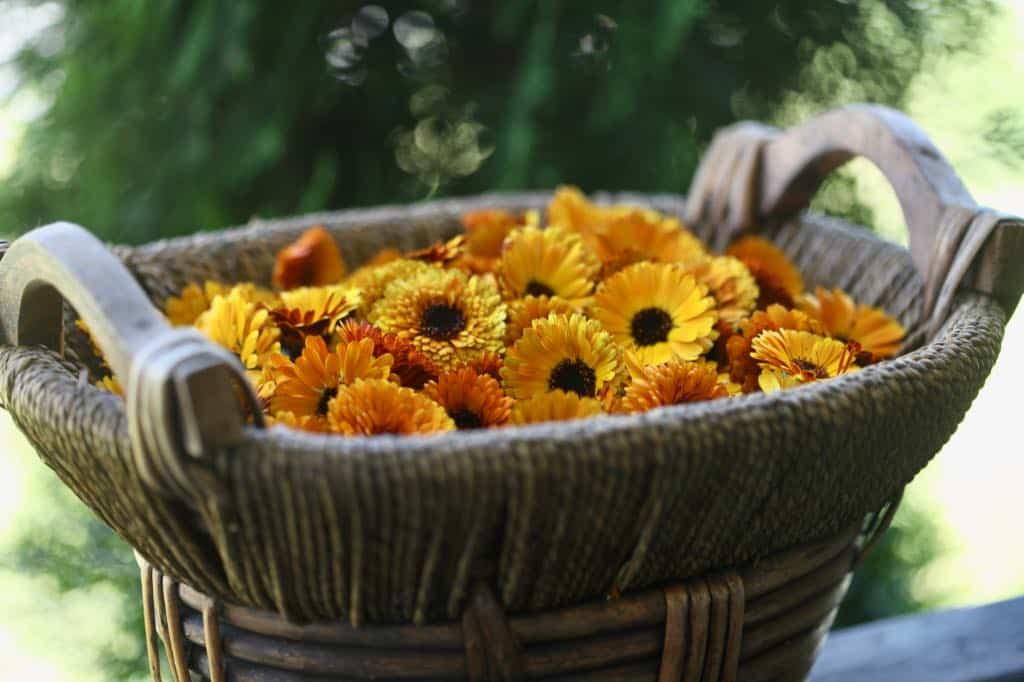
Processing The Flowers
- It's always good to give the flowers a rinse, to remove any bugs or garden debris.
- Dry the flowers on paper towels or on a clean dish towel.
- Once dried off, the flowers are ready for drying.
- You may be glad to know that there are a few different options for drying the calendula blooms.
- Before we discuss the methods, let's talk about the flowers themselves.
- Calendula flowers can be dried whole and intact, or alternatively, you can remove the petals from the flowers, and dry only the petals themselves.
- How you process the flowers may be determined by the intended use for your dried calendula.
- The calendula flower petals are most often used for culinary purposes.
- Whole flower heads, or intact flowers are most often used for oil infusions, as the essential oils of the flowers are also located in the green base of the flower, not only in the petals.
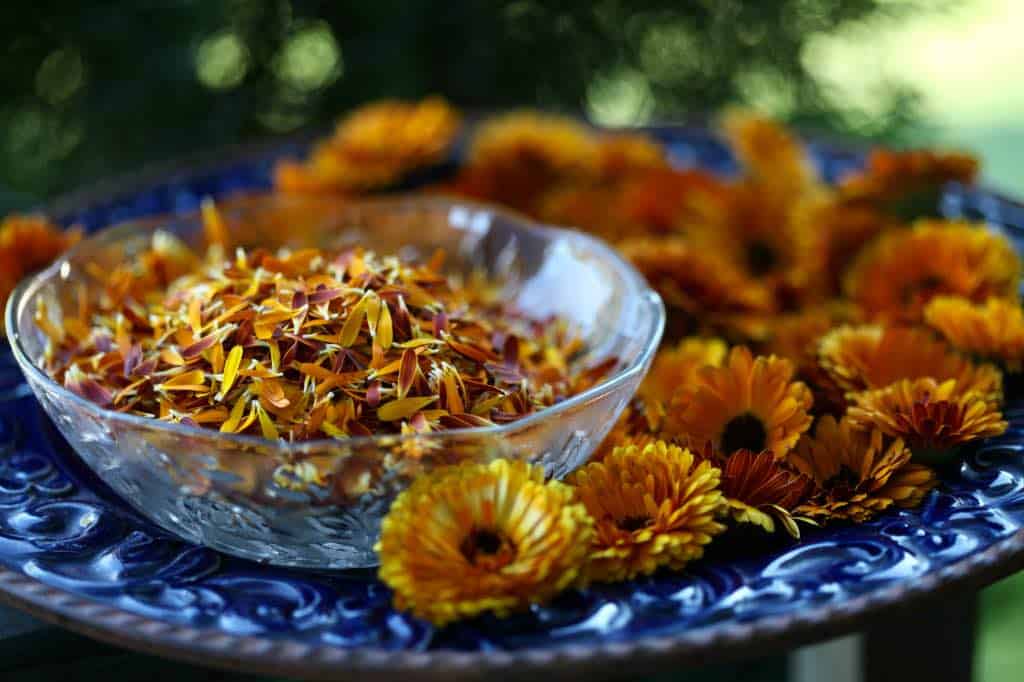
To Remove The Petals:
- Removing the petals from the green base before drying is an extra step, however it is very easy to do.
- Just hold onto the flower petals and pull them from the flowers.
- The petals easily fall away from the base.
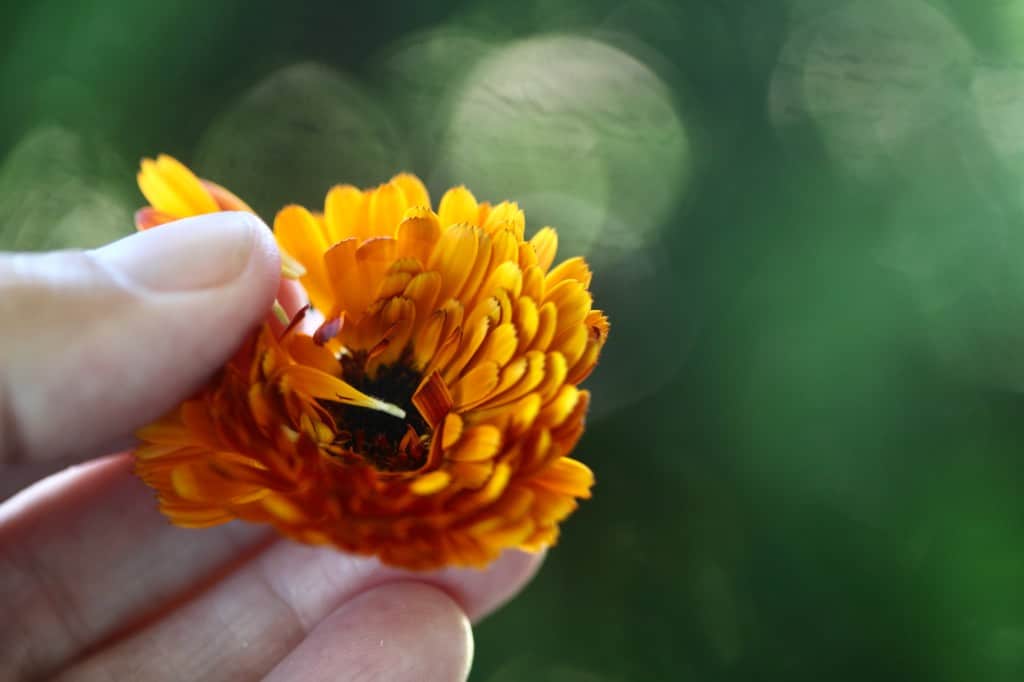
Now let's have a look at the different methods for drying calendula flowers.
Three Methods To Dry The Flowers
The three methods that work great to dry calendula flowers include air drying, drying in the oven, and drying in the food dehydrator.
Each method works well, although some methods are faster than others.

Air Drying
If you have lots of flowers to dry all at once, air drying is a great choice for drying.
The space is only as limited as the number of containers or baking sheets that you have on hand, which are needed to lay the flowers or petals down on.
This is my favorite way for drying the calendula petals, which have been plucked from the flowers. I prefer not to use the dehydrator method for these petals, as they tend to blow around in the dehydrator due to the fan.

To Air Dry :
- Place the flowers or petals on a plate or baking sheet in a single layer, to allow for good air circulation.
- Whole flowers can be placed face down, to dry the flowers in an open form. This is optional, however it does help.
- Place the containers of flowers in a warm and dry location, out of direct sunlight.
- Allow the flowers to dry for one to two weeks.
- For larger flowers, a two week drying period will ensure that they are completely dry.
- The dried calendula should feel dry and crispy to the touch once completely dried.
- Store in an air tight container until ready to use.
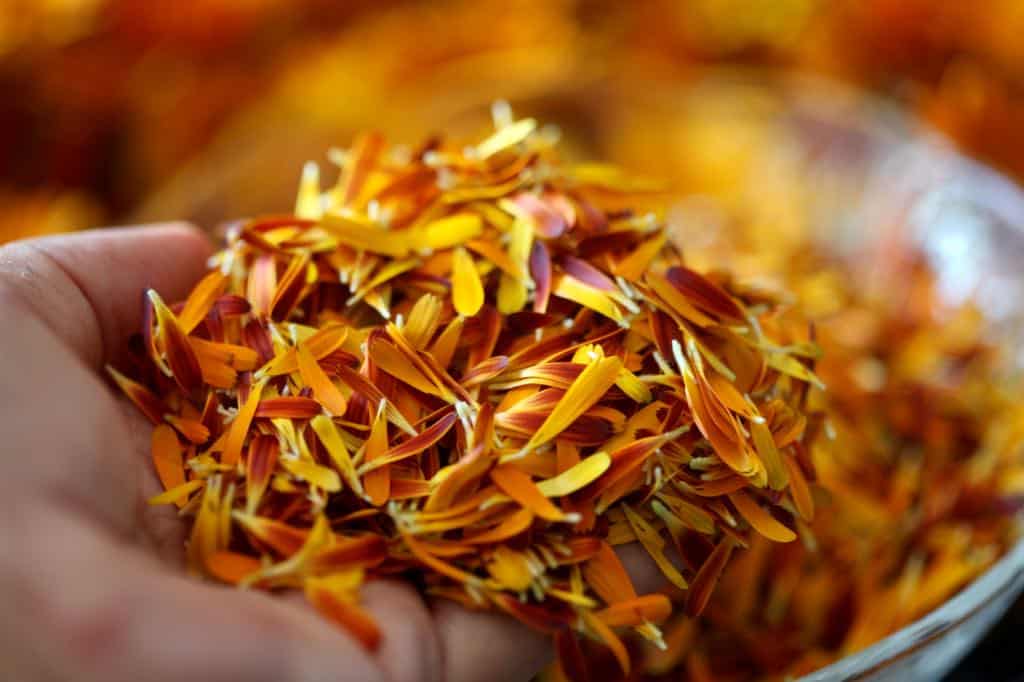
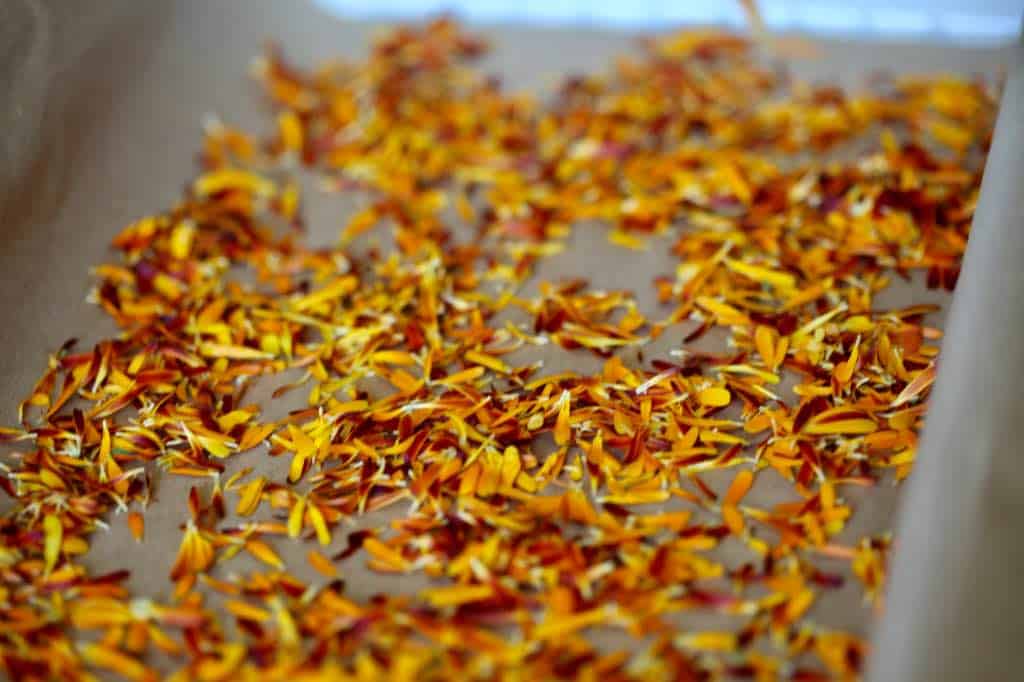
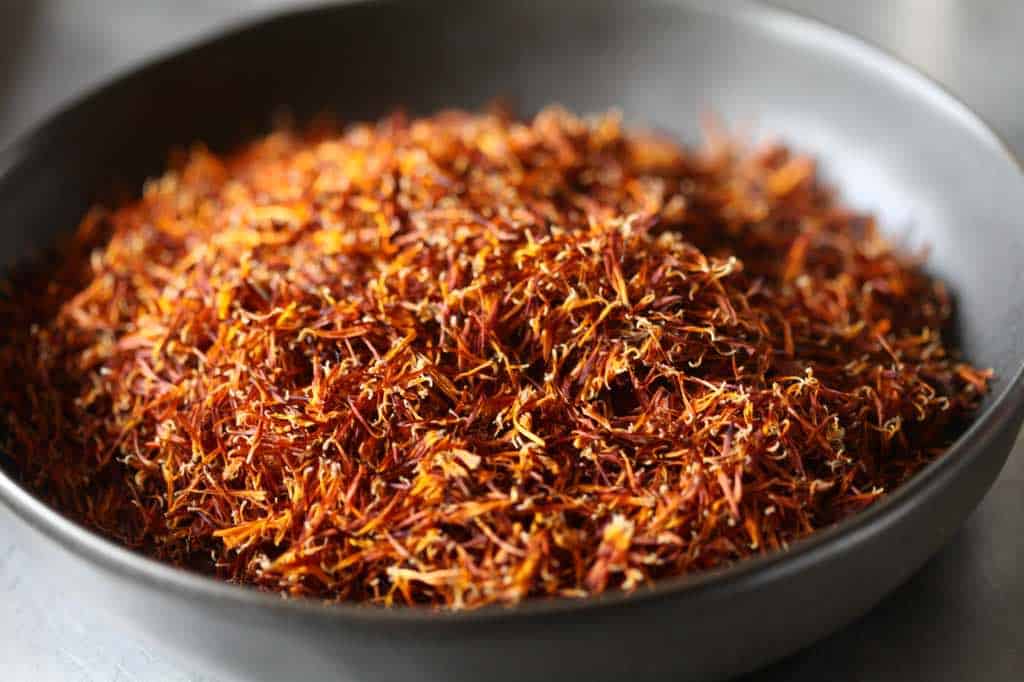
Oven Drying
Oven drying is another great method for drying calendula.
Although the oven space is more limited for a large flower harvest, this drying process is definitely the fastest.
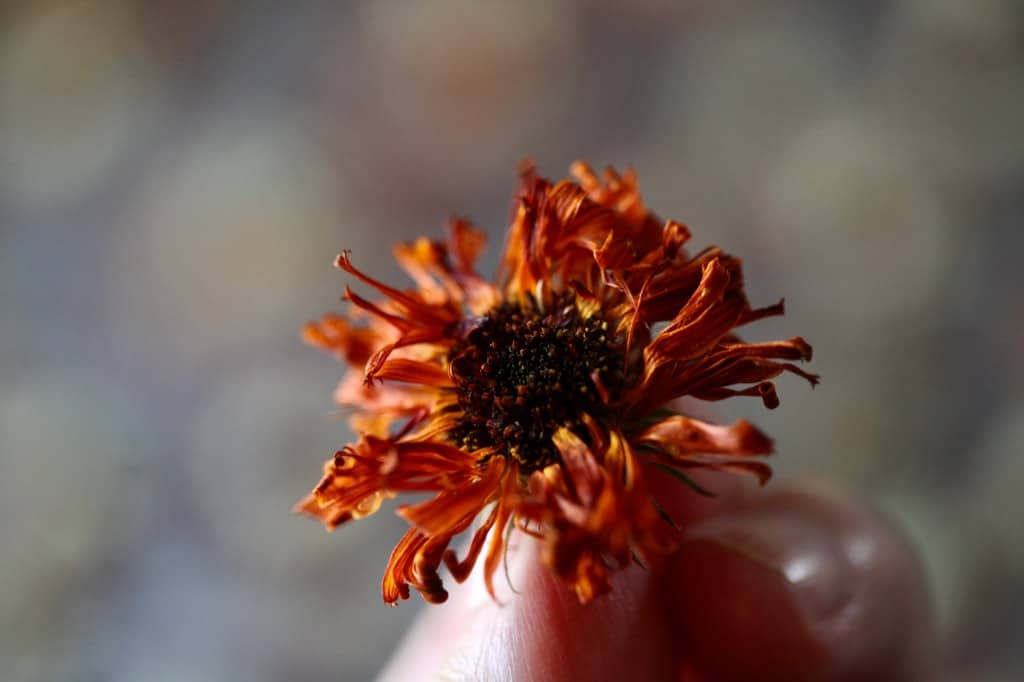
It is very important to place the oven on the lowest temperature setting. This setting on my oven is 170°F, and this temperature did a great job at drying the flowers quickly.
You want to make sure that you are drying the calendula flowers, not cooking them. So the lowest temperature setting is key.
You can also open the oven door slightly, to bring the internal temperature down. The ideal drying temperature is 122°F.
One thing to be careful of when drying or dehydrating flowers and herbs in the oven is having the temperature too high. A higher temperature can cause burning, and can be detrimental to the beneficial properties of the plants.
In fact when I first dried my own calendula in the oven, I thought that I had burned the flowers, as many had turned a rusty brown color when dried.
Then I realized that the flowers had also turned this same color when dried in the dehydrator, and then again when air dried.
I discovered that the darker color was a result of the variety of calendula that I was using, and not the drying method.
This variety of calendula, Indian Prince, has a darker underside, due to it being a bicolor flower. This added to the darker coloration after drying, which is a very rich brown color in retrospect.
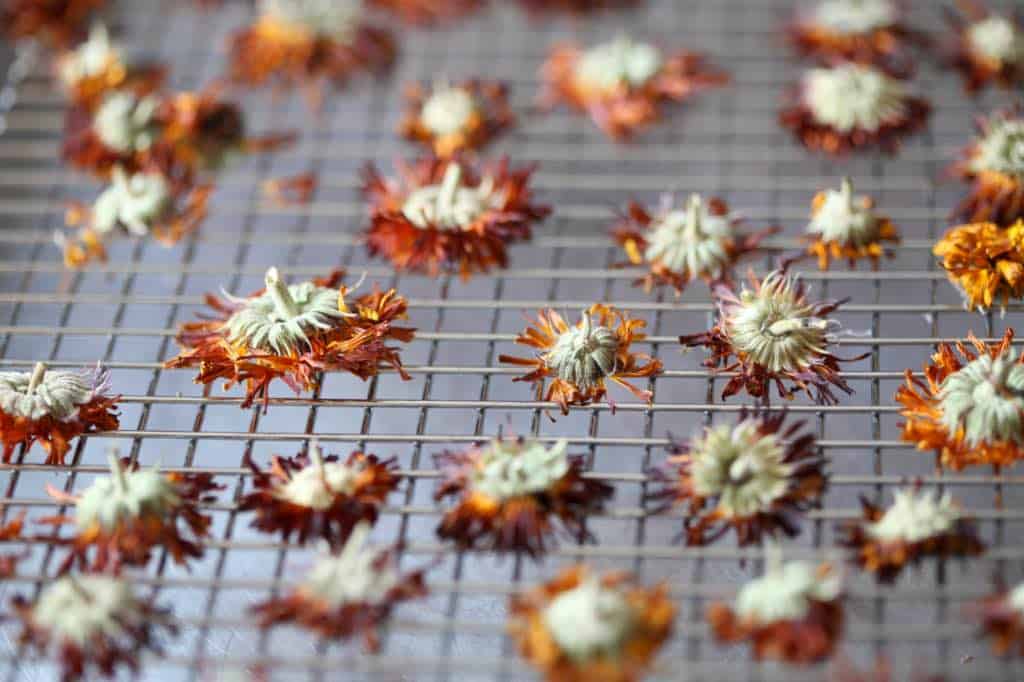
To Oven Dry:
- Place the petals or flowers in a single layer on a baking sheet.
- Dry for approximately one hour at the lowest temperature setting.
- Check on the flowers after an hour.
- If they are dry, remove them from the oven. If they are not yet completely crispy, allow them to dry a little longer.
- Remove from the oven when done, and allow the dried flowers to cool.
- Store in an air tight container until ready to use.
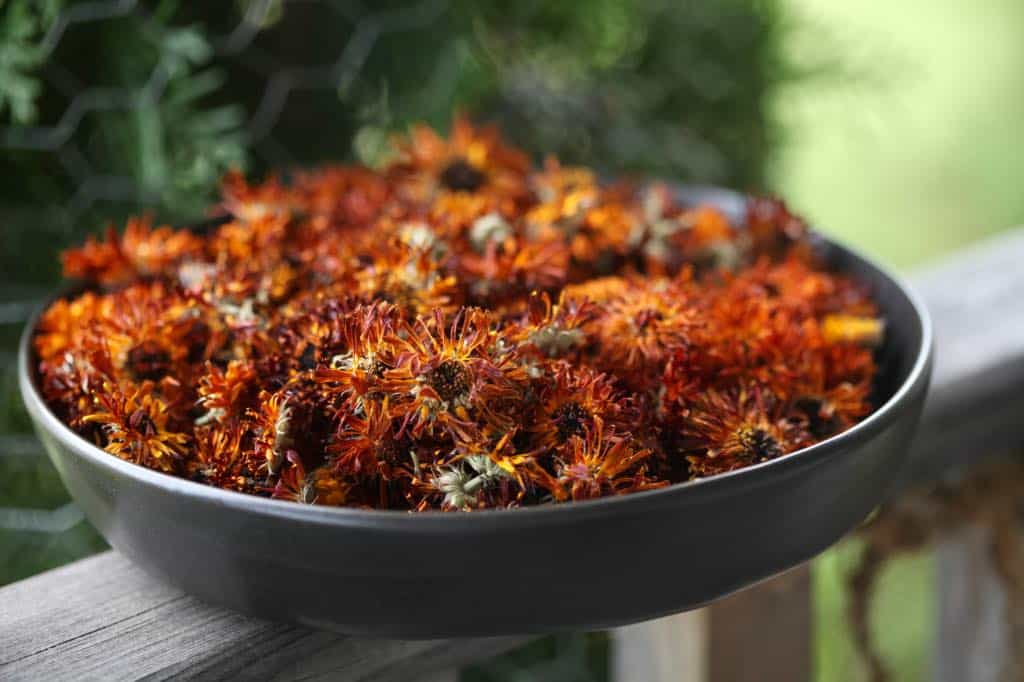
Dehydrating In The Food Dehydrator
If you have a food dehydrator, this is an excellent method to use for drying calendula flowers.
Most dehydrators come with multiple racks on which to place the flowers, allowing you to dry many flowers at once.
I found that this was not the best method of drying the petals alone however, as they tended to blow around inside the dehydrator due to the air flow from the fan.
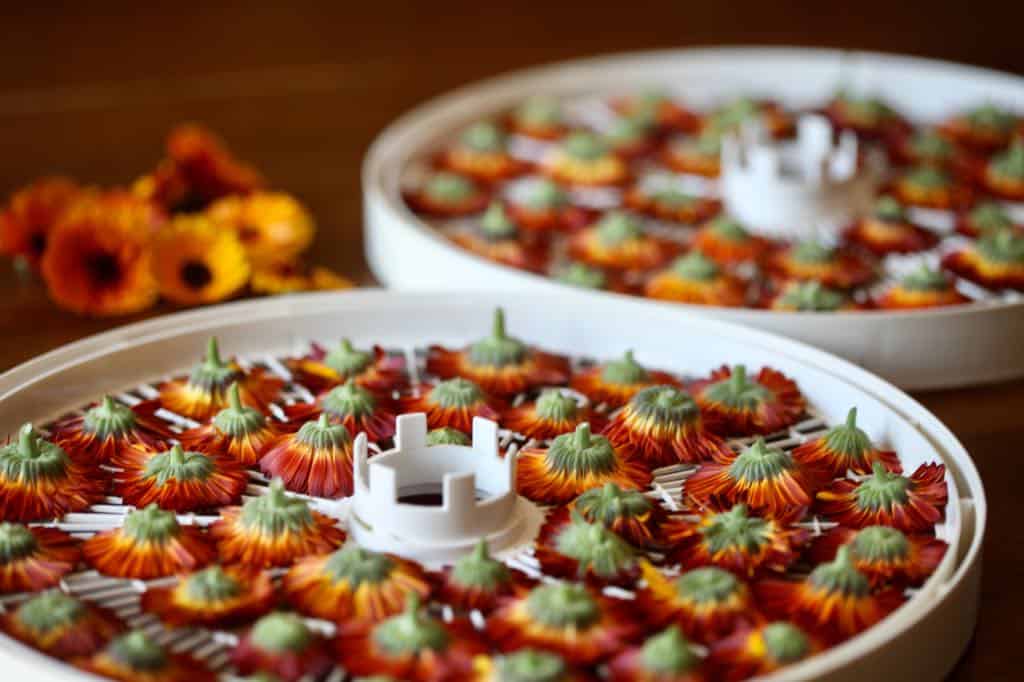
To Dry In The Food Dehydrator:
- Arrange the calendula flowers in a single layer on the drying rack, allowing for good air flow around the blooms.
- The flowers are best placed face first on the drying surface, to maintain an open form when dried. Otherwise the petals tend to close up a bit when fully dried.
- Set the drying temperature to 125°F, if you have a temperature dial on your dehydrator.
- Place the racks on the dehydrator and cover.
- Dry the flowers until they are fully dry and crispy.
- This took approximately 3 to 4 hours in my own dehydrator. Different appliances may have different drying times, so gauge according for your own unit.
- As well, small flowers may dry more quickly than larger flowers. Moisture content within the flowers will also affect drying time.
- Once the flowers are completely dry, remove from the dehydrator and allow to cool down.
- Store in an airtight container until ready to use.
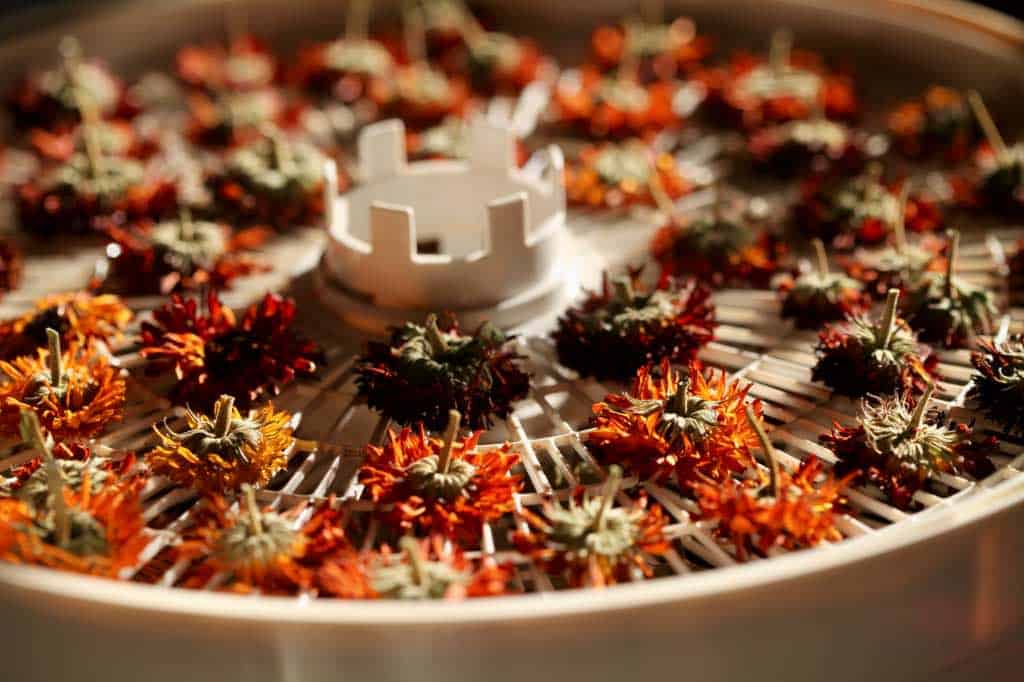
Storing Dried Calendula
Dried calendula petals and flowers can be stored in an airtight container, such as a mason jar.
The flowers will keep for up to a year with proper storage.
It's always a good idea to label the jar with the storage date.
Place the containers in a dark and cool location for best storage longevity.

Using Dried Calendula
Calendula has culinary, as well as medicinal and herbal use.
The wonderful thing about having dried calendula on hand, is that you can use it throughout the year, not only during the growing season.
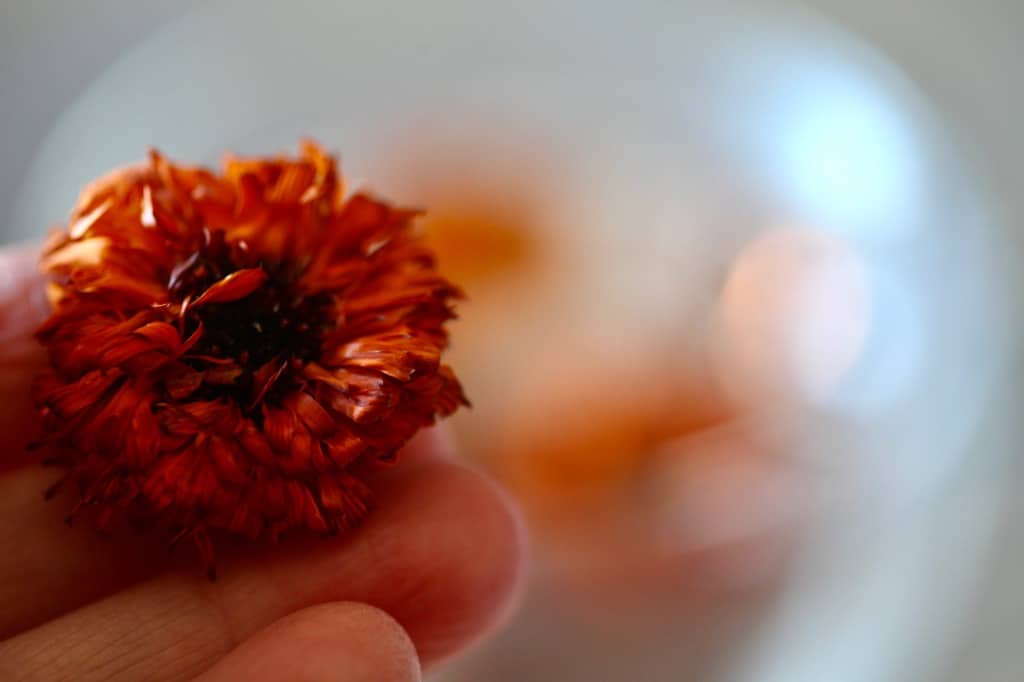
Culinary Use
Both fresh and dried forms of the calendula flowers can be used as a garnish for salads and soups, and can also be used in various recipes.
The bright yellow and orange flowers can even be used to decorate cakes and edible flower cookies, for artistic and colorful creations.
The flowers are great for making calendula tea, which can be made with both fresh and dried forms of calendula.
The same amount of calendula is used with either fresh or dried petals. Add 2 tablespoon of flowers to a tea ball, add one cup of hot water, and steep for about 15 minutes.
The flavor may be more enhanced with the fresh calendula flowers, so experiment a bit with the dry calendula until you get the best taste.
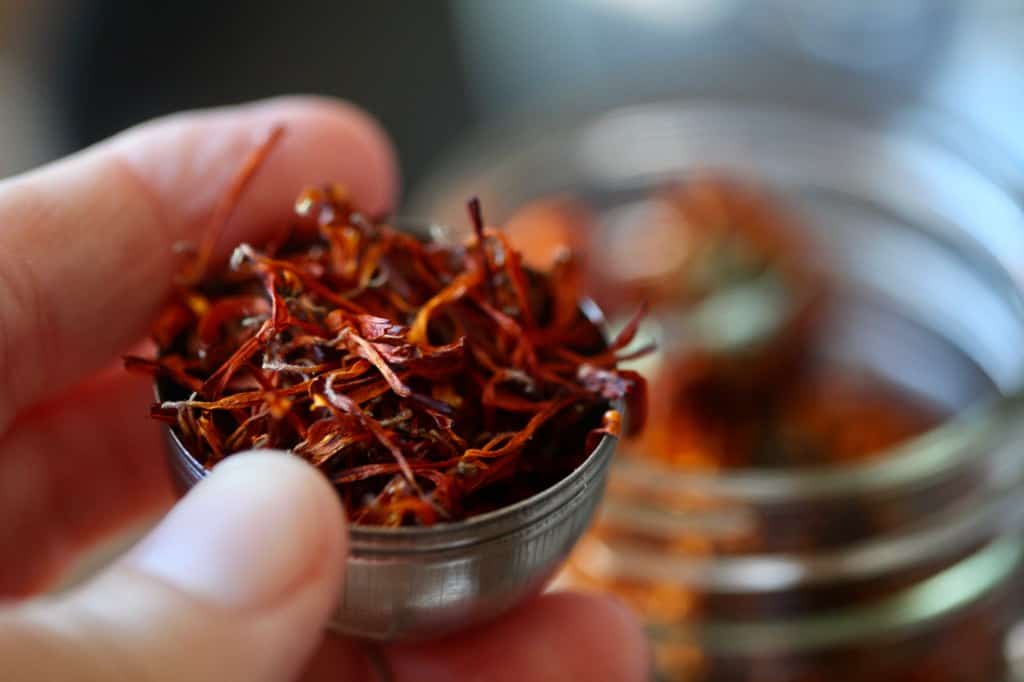
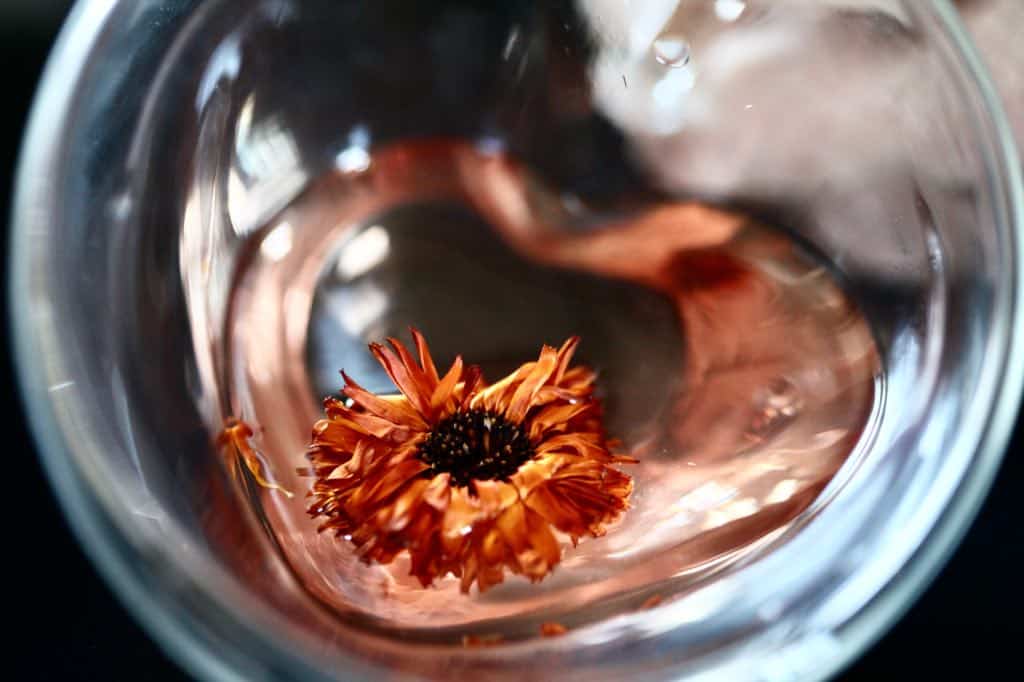
Herbal Use
Calendula officinalis has been used throughout the ages, and has both herbal and medicinal use.
The plant has been studied and reviewed for it's phytochemistry and medicinal value. Calendula has been reported to have antioxidant, anti inflammatory, anti fungal, and antibacterial properties.(source)
As a result, calendula is often used in skin care products. It is dried calendula which is often used as an ingredient in many of these applications.
Dried calendula is used for making calendula oil infusions, made with sweet almond oil, coconut oil, and olive oil.
If you are planning to make calendula-infused oil, it's best to make the oil with the dried calendula flowers. This will help to prevent spoilage of the infusion, which can occur if made with fresh flowers, which have a high moisture content.
Once the calendula oil is prepared and ready for use, it can be used to make calendula salve, lip balm, soap, and numerous other beneficial skin care products.
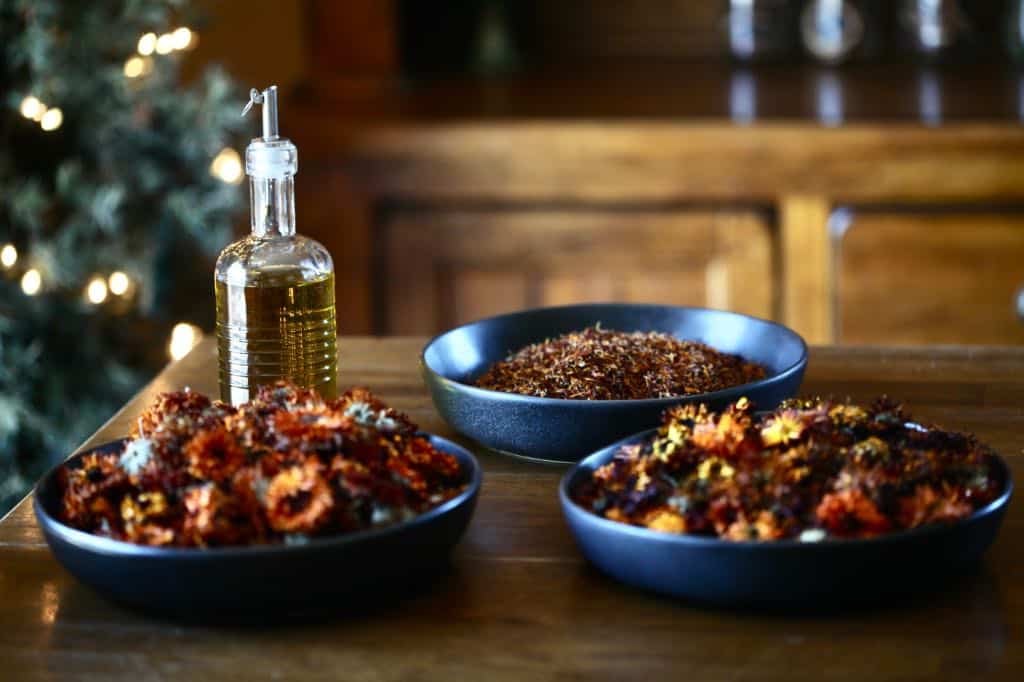
Who Should Not Use Calendula?
Calendula should not be used by anyone with an allergy to plants in the Asteraceae family.
As well, the plant should not be used by pregnant or breastfeeding women, as it can have an estrogenic effect.
Conclusion
Calendula is not just a pretty face in the garden. These bright orange and yellow flowers also have culinary and herbal benefits.
Calendula plants bloom throughout the entire growing season.
Drying the flowers is a great way to preserve the harvest of this productive plant.
Harvesting and drying the calendula flowers on a regular basis will allow you to have lots of dried calendula on hand, to use and enjoy throughout the year.
You can use the dried flowers to make calendula infused oil. The oil can then be used as an ingredient in soothing homemade skin care products, such as a healing salve, calendula soap, and lip balm.
Also a great edible flower choice, consider growing and drying these fabulous blooms in your garden.
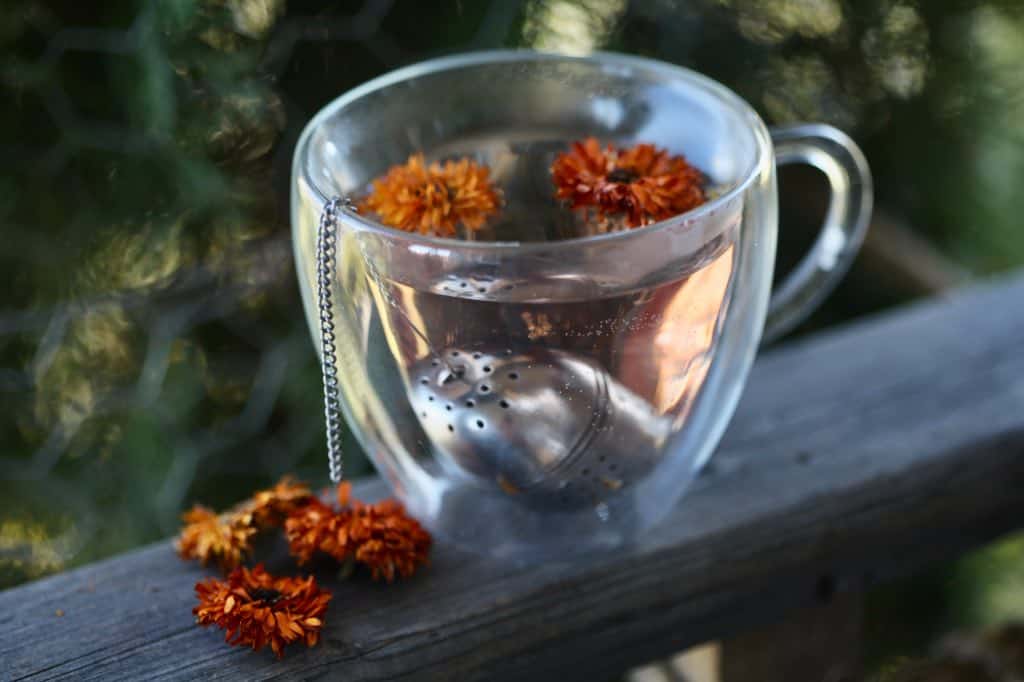
Have you ever tried to dry calendula from the garden? Be sure to leave a comment below to share your experience!
Other Posts You May Like:
Read the Web Story on Drying Calendula Flowers!
PIN IT FOR LATER!
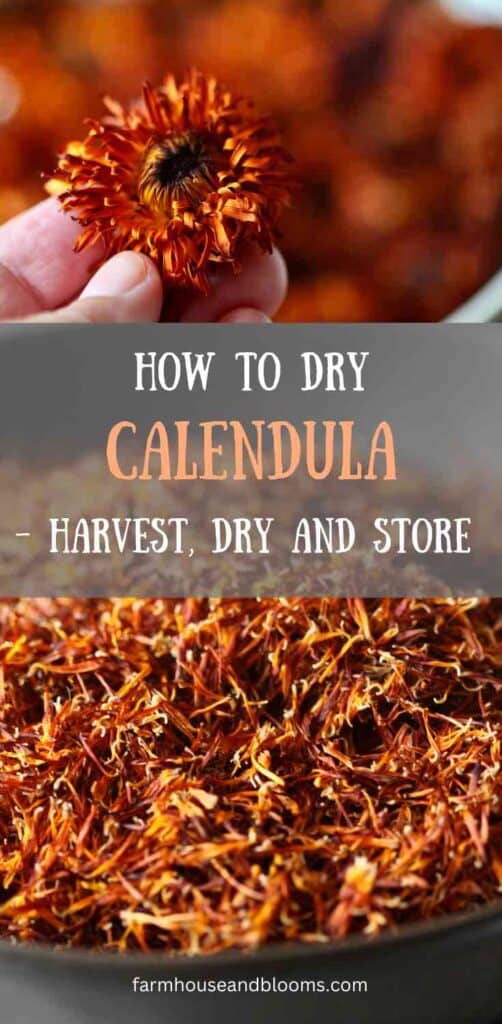
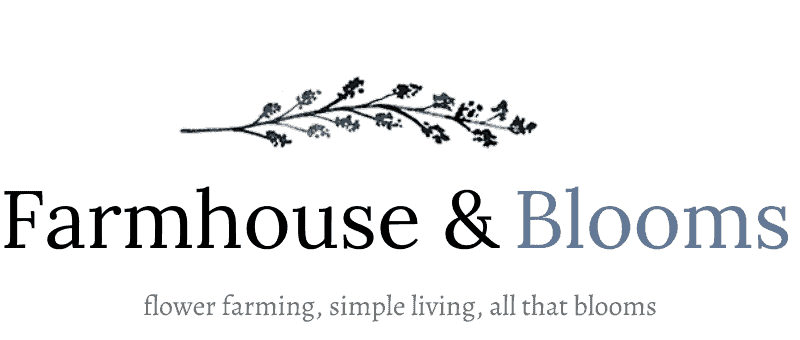

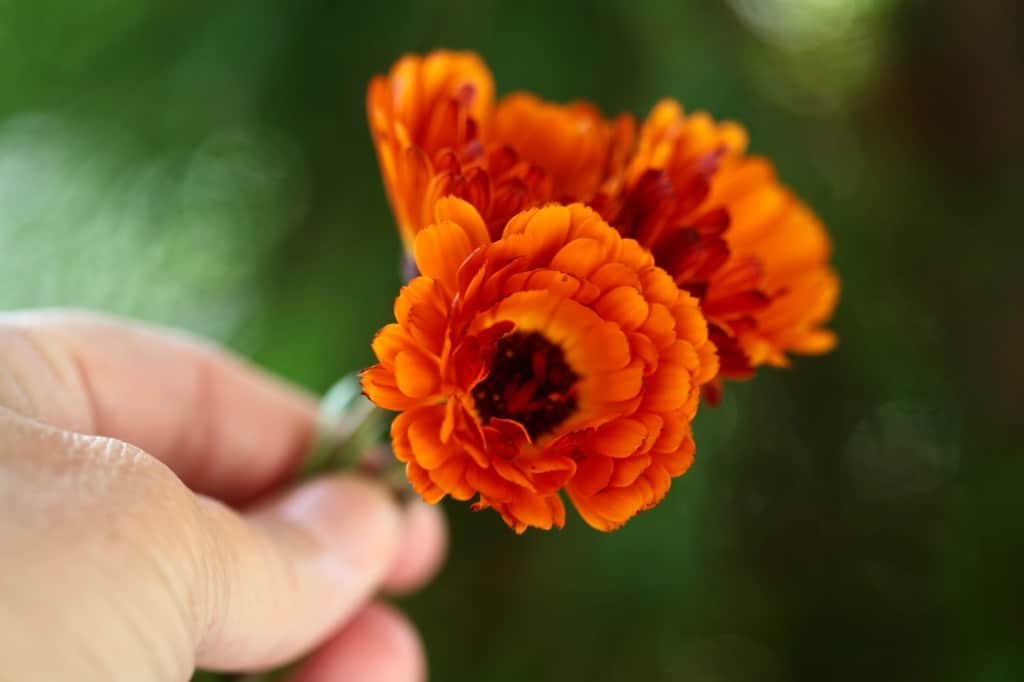
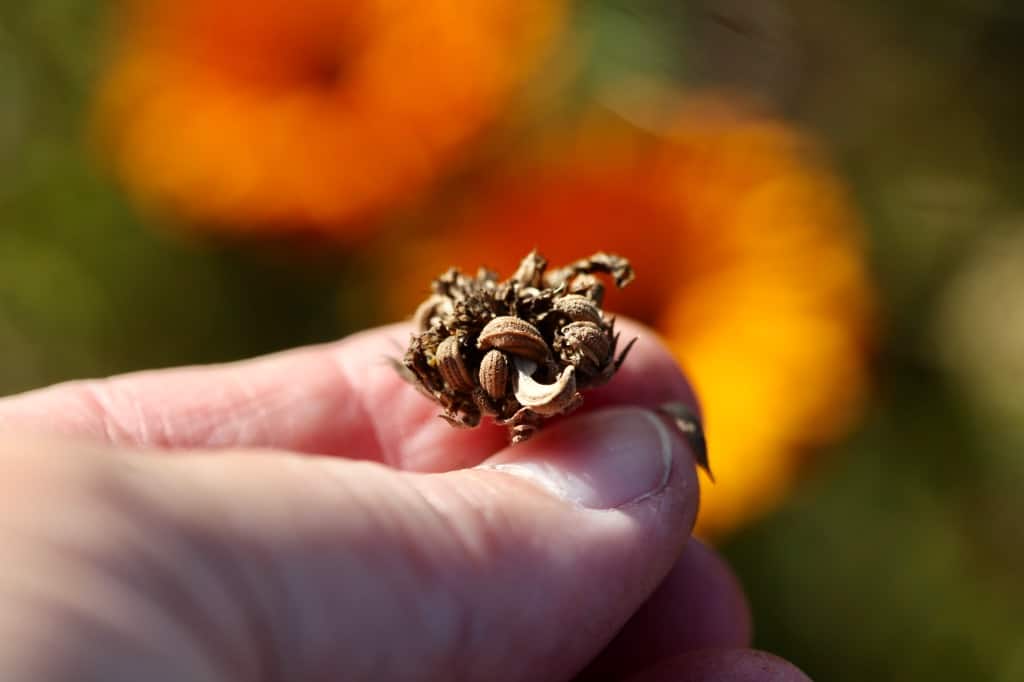
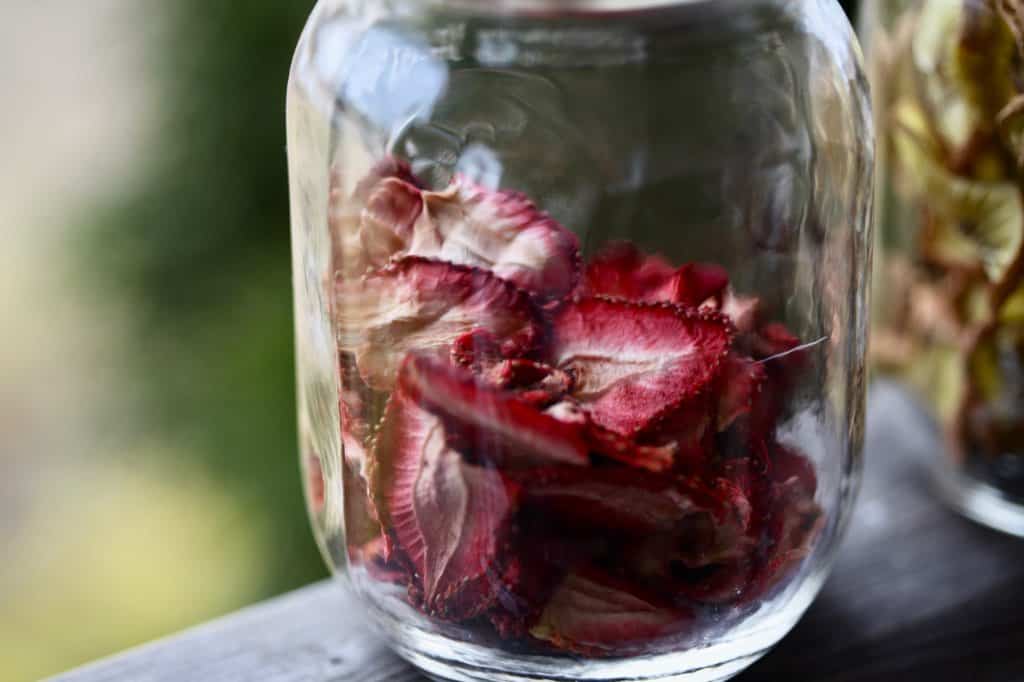

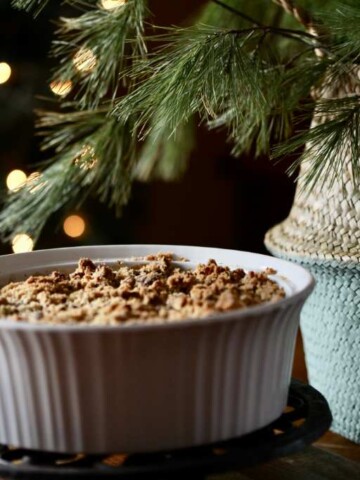
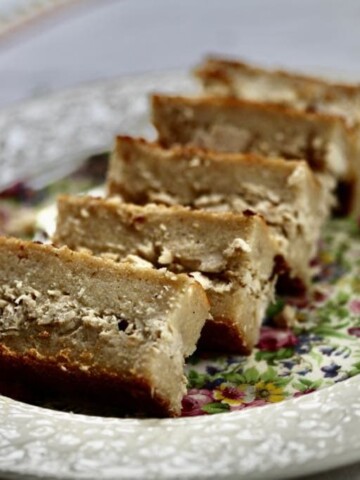
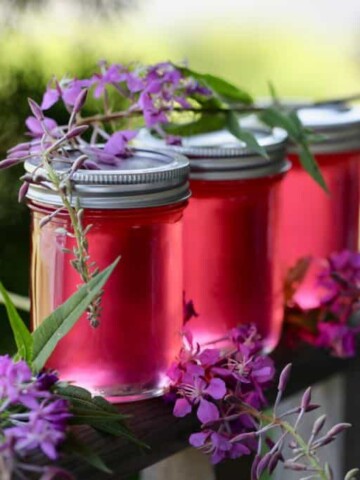
Leave a Reply